EU watchdog warns of small number of exchanges dominating crypto

Binance alone accounted for about half of all trading volume, though its dominance fell to 40% by December 2023 and has been in decline since December 2022.

The European Securities and Markets Authority (ESMA) has highlighted the highly concentrated nature of crypto trading and the potential risks it poses to the broader financial ecosystem.
The report, released on April 10, comes as the European Union (EU) prepares to implement MiCA, the world’s first extensive regulatory framework for crypto assets.
ESMA’s research indicates that about 90% of cryptocurrency transactions are processed by just 10 exchanges, with Binance, the largest among them, commanding half of the market.
While such concentration may improve efficiency, it also raises concerns about the consequences of a significant exchange failure or malfunction.
ESMA said the concentration is a concern because a single asset or exchange failure could broadly impact the crypto ecosystem. The authority said in its report:
“The top 10 exchanges execute around 90% of total trading volume and, with a volume of over USD 3.7 trillion or a market share of 49%, Binance is the largest exchange. The runner-up, Upbit, recorded only about a seventh of this volume.”
However, over time, this concentration has grown. In 2019, it stood at 54%, and as per ESMA’s latest data, it has surged to 73%.
Related: Upcoming DeFi rules in Europe could ban non-decentralized protocols
The report also highlights that the euro has a limited presence in cryptocurrency trading despite the announcement of the MiCA regulation. However, as it is intended to enhance investor protection, it could constitute a potential growth driver once implemented in 2024. ESMA explained:
“The distribution of involved fiat money reflects a high reliance on the U.S. dollar and the South Korean won as the market’s on- and off-ramp. The euro only plays a minor role and the announcement of the MiCA regulation has not caused an increase in euro transactions so far.”
Additionally, ESMA refutes the idea that cryptocurrencies act as safe havens during times of market stress, citing their correlation with equities and lack of stability relative to gold.
MiCA, first proposed in September 2020 and approved by the European Parliament in April 2023, aims to usher in a new era of crypto asset regulation, underscoring the industry’s growing significance in the financial sector.
MiCA applies to any crypto assets, including securities and e-money, not currently covered by EU traditional finance regulations.
As the EU rolls out its comprehensive regulatory framework for crypto assets– MiCA, ESMA’s findings underscore the importance of oversight and risk management in this rapidly evolving sector.

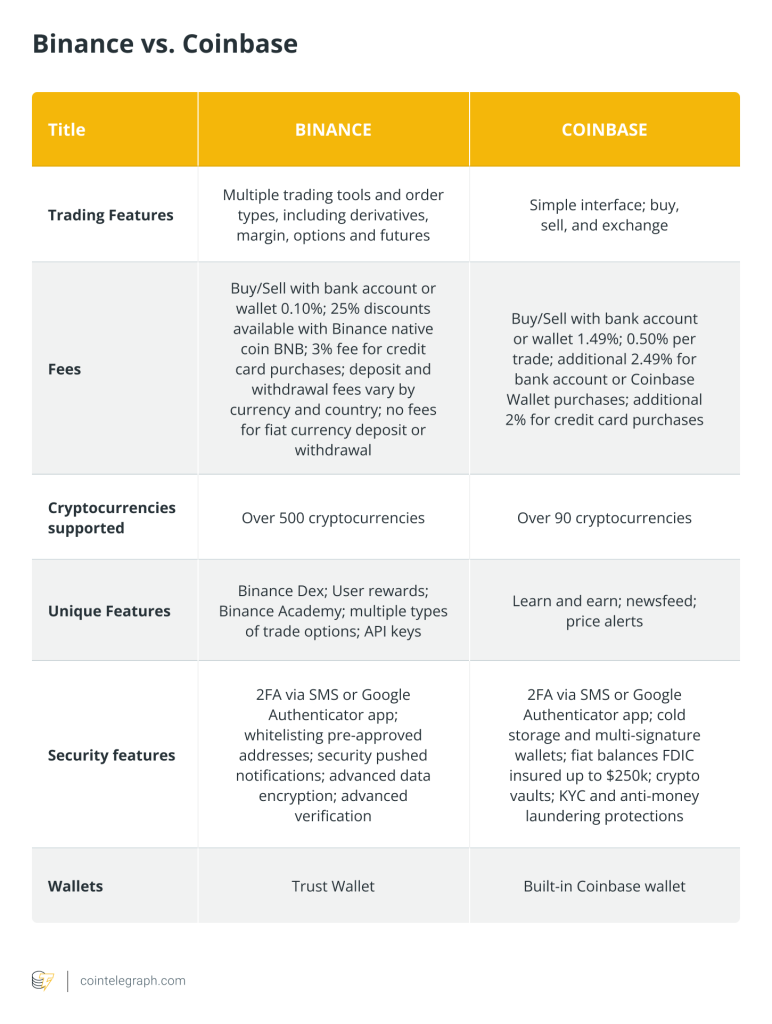
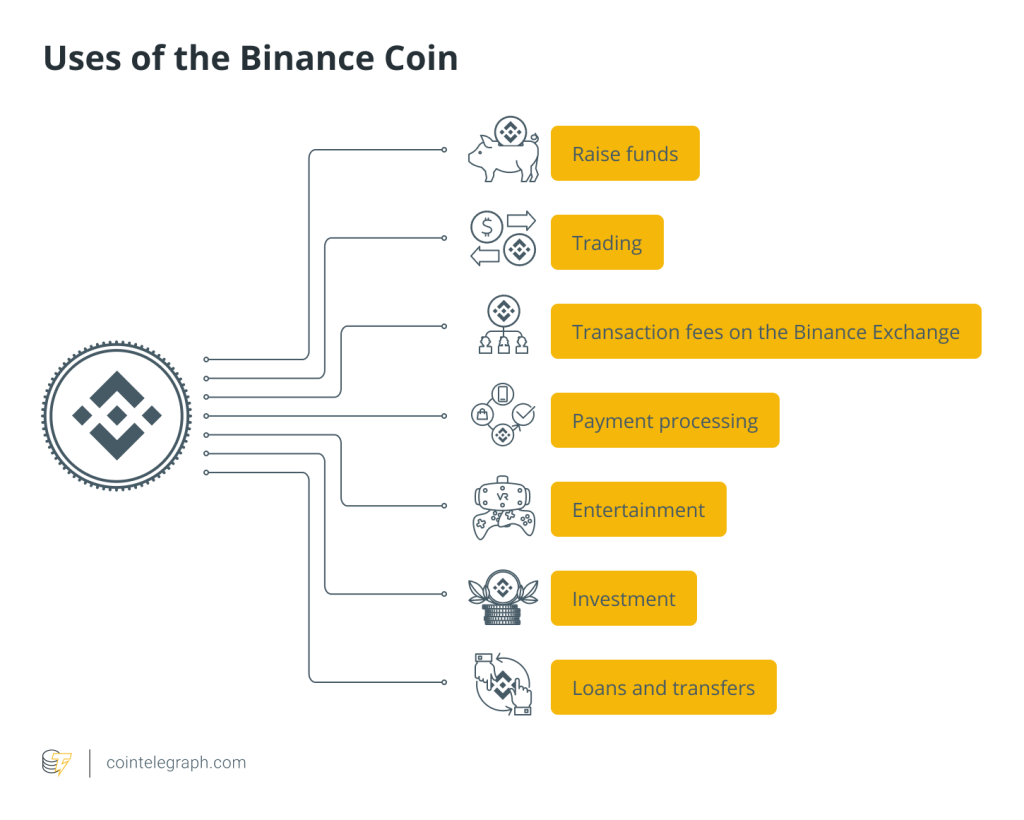
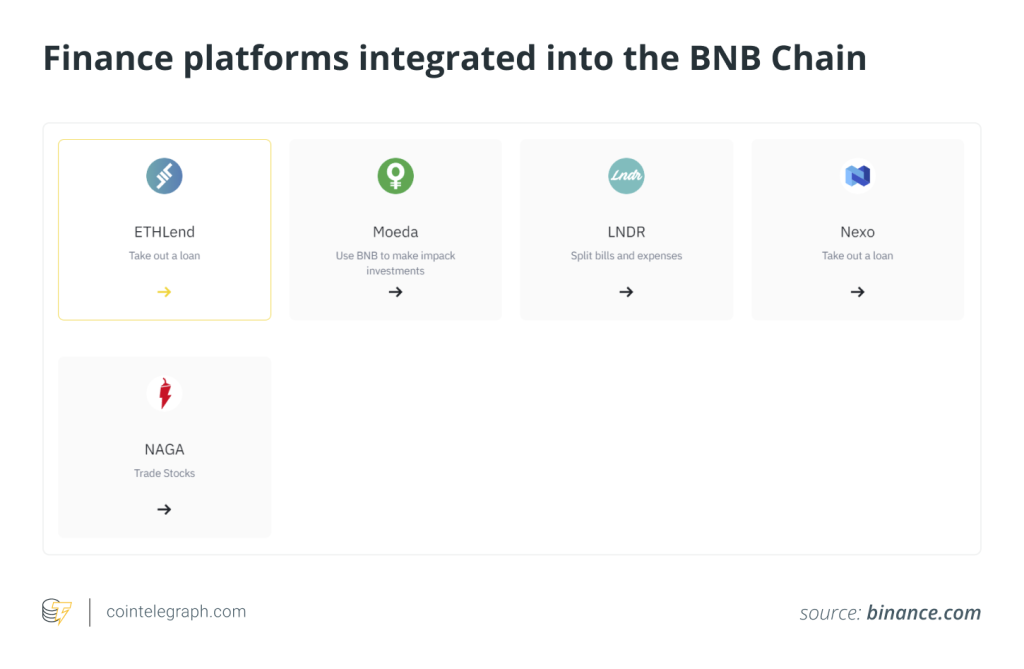
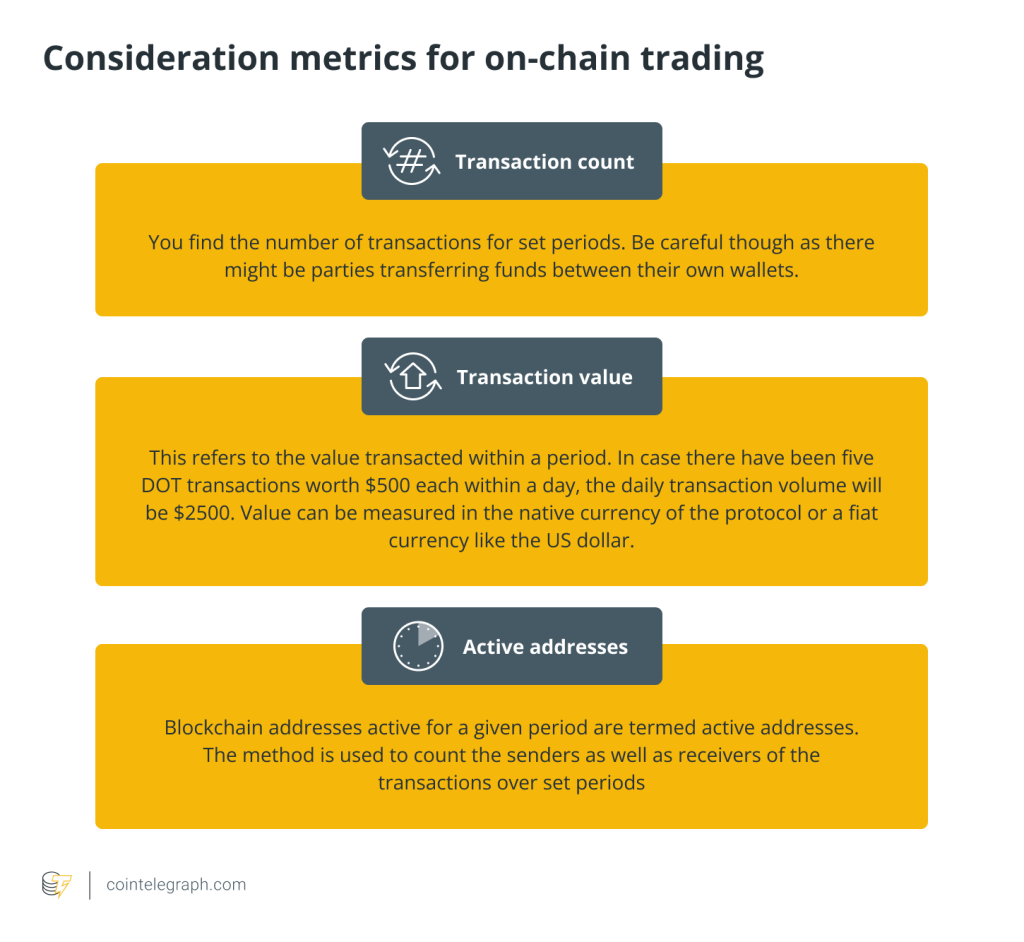
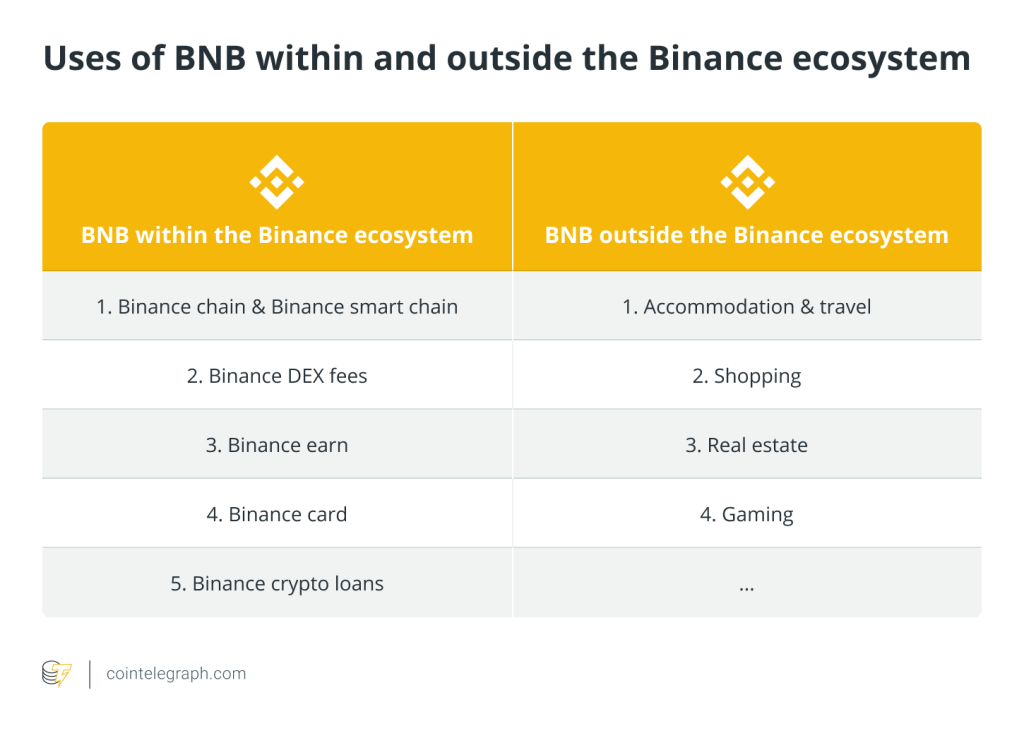
Responses